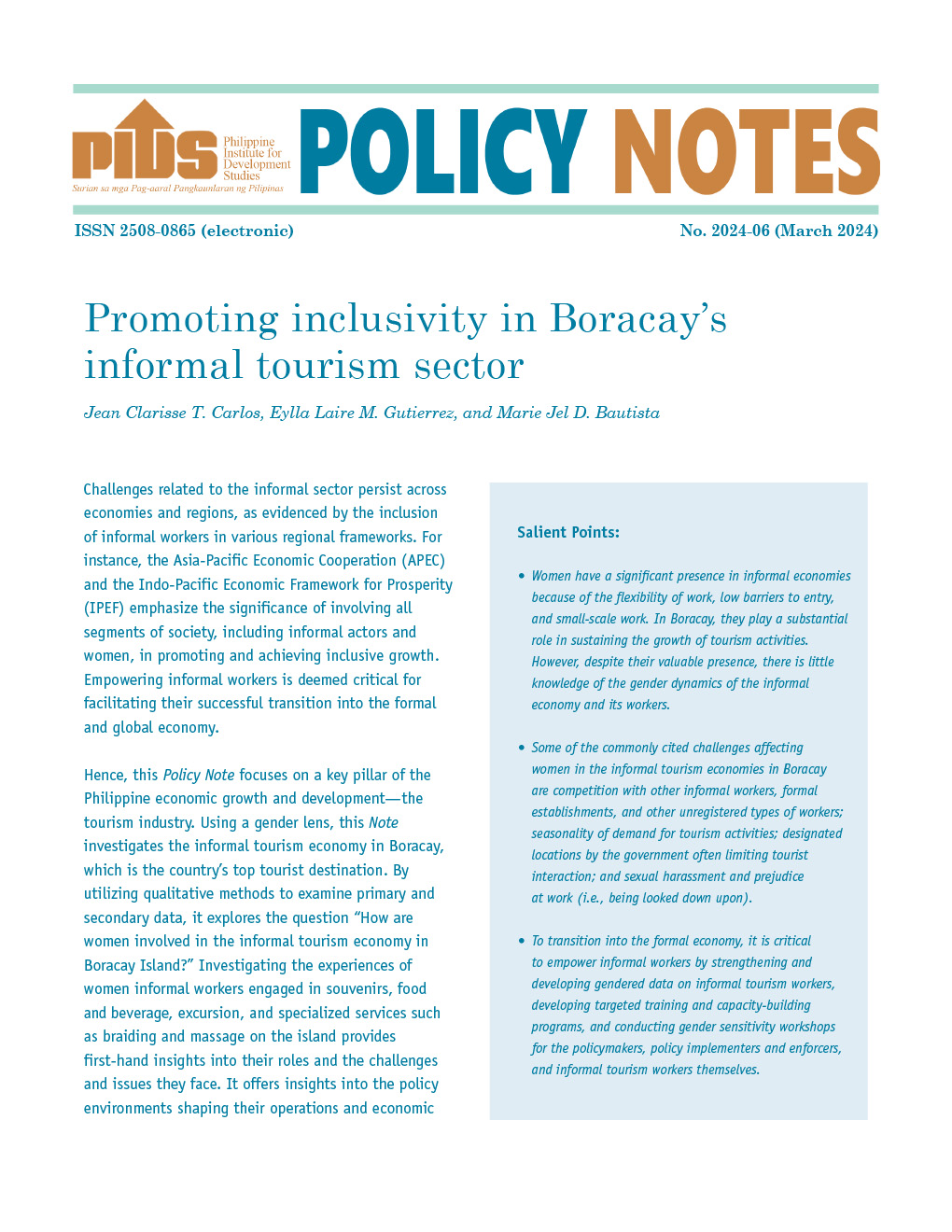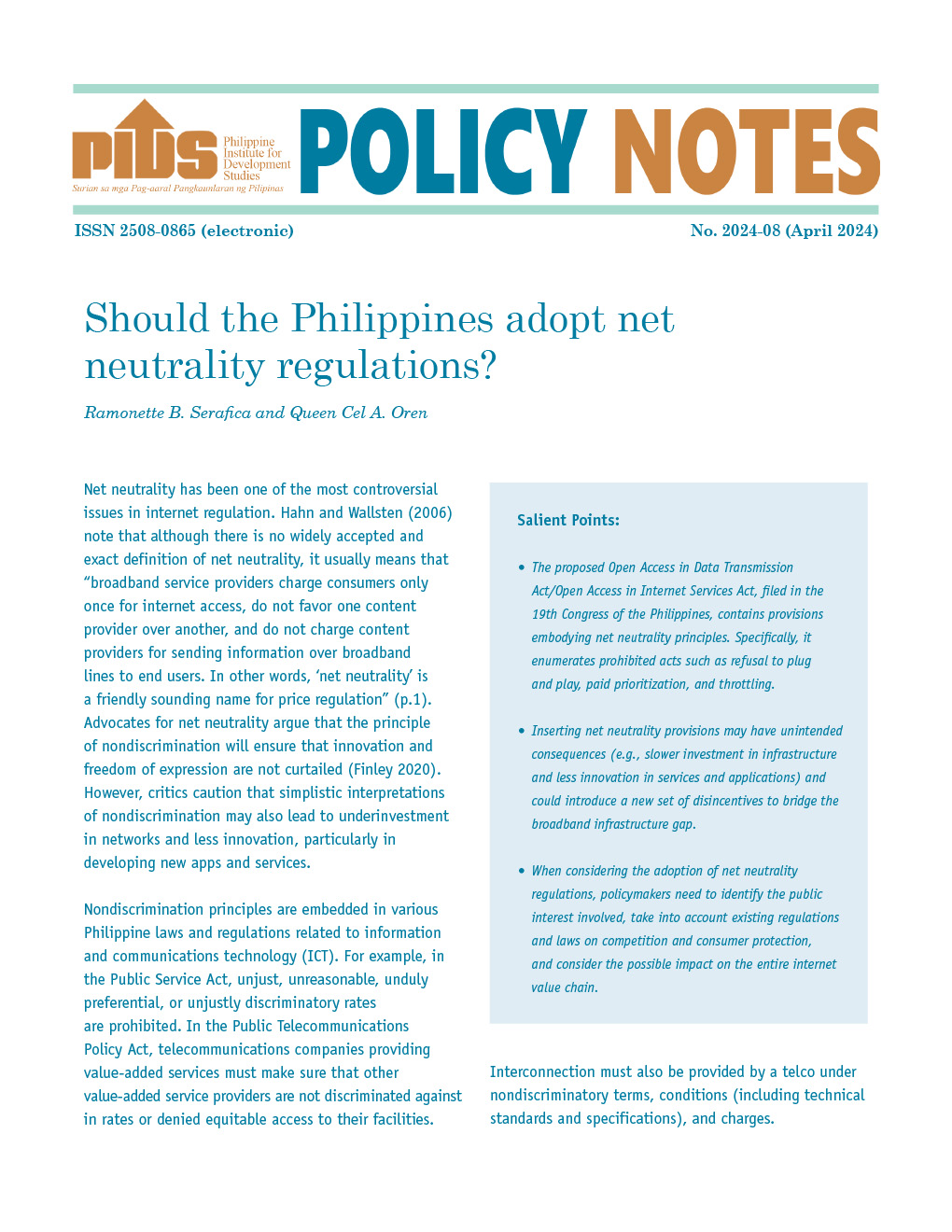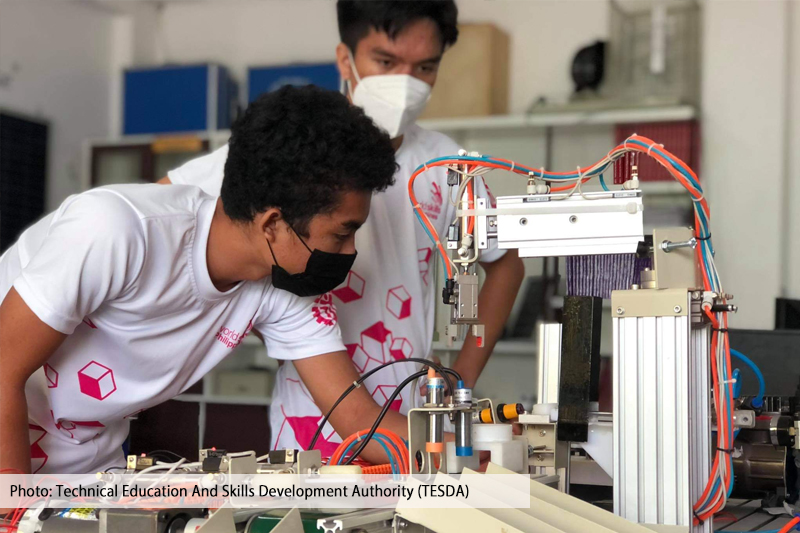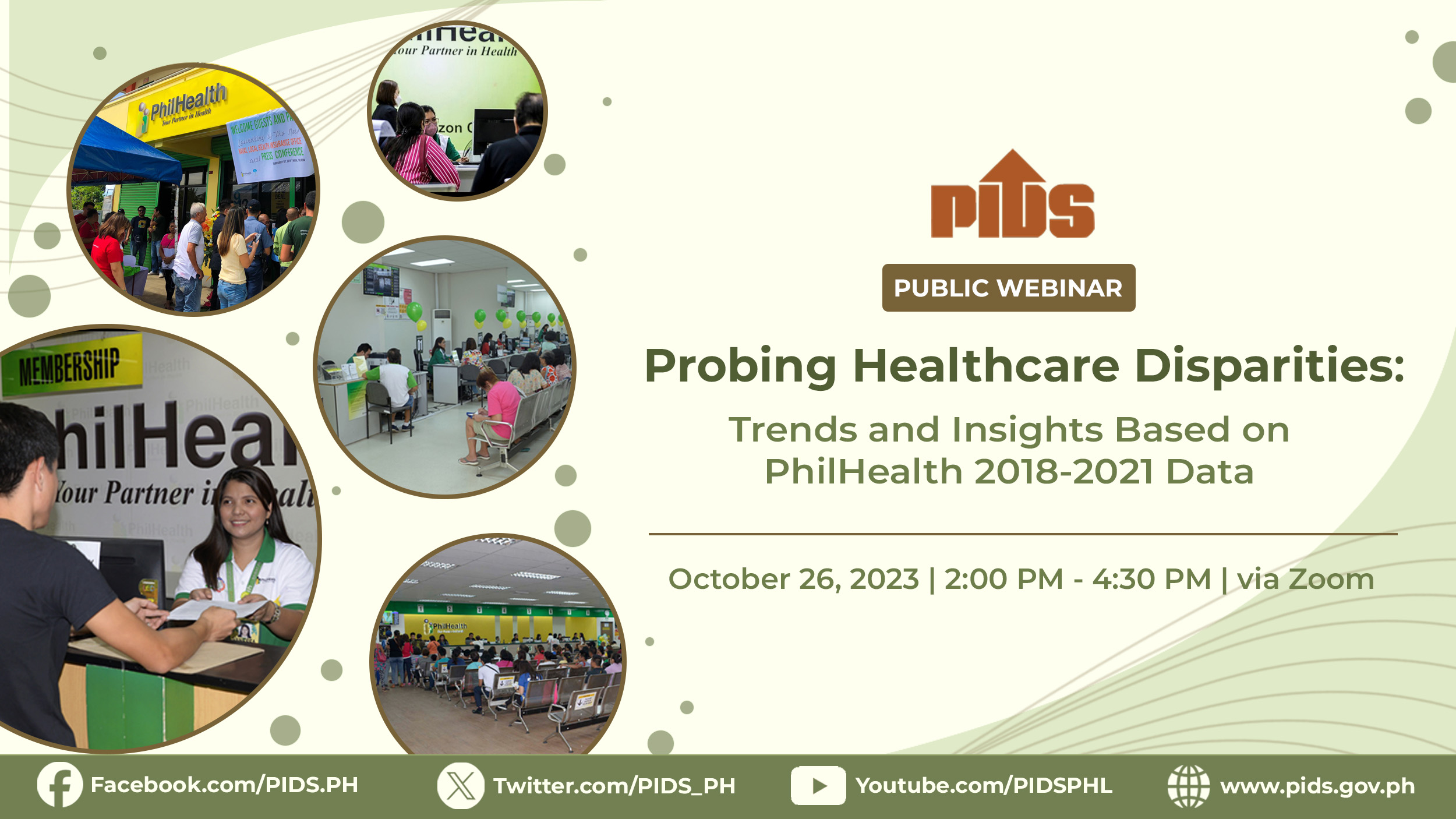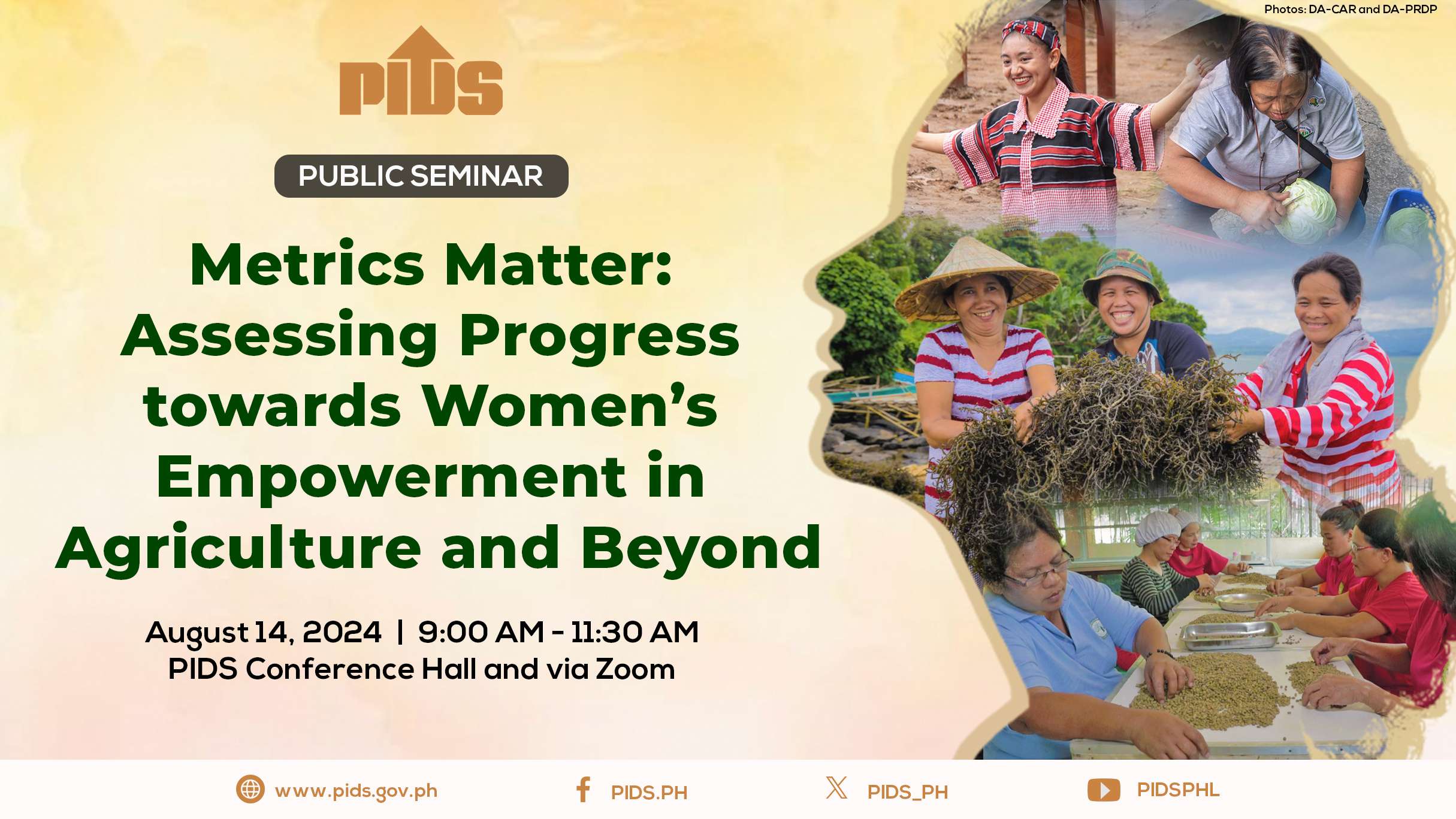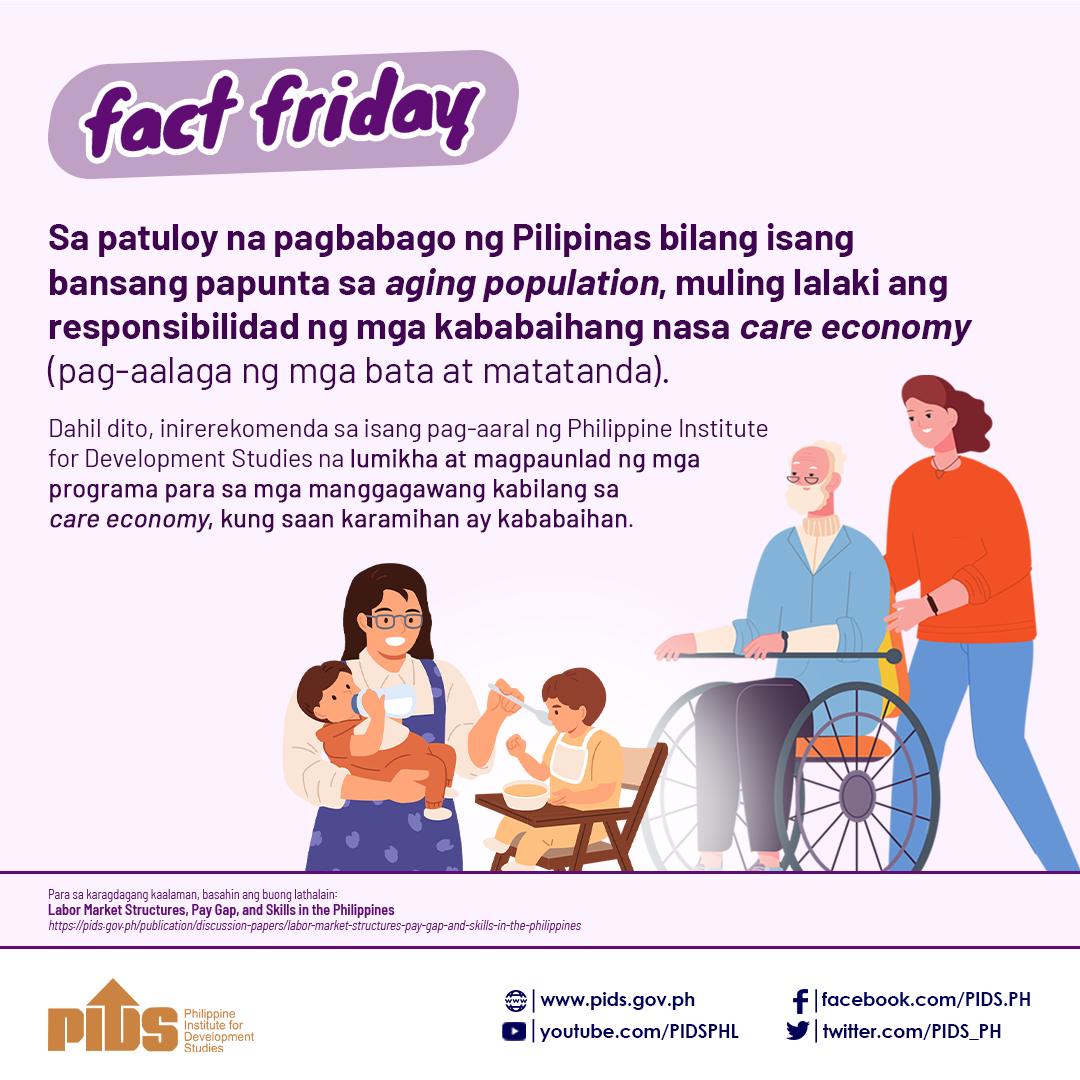As the deadline to meet the Sustainable Development Goals (SDGs) fast approaches, the world, including the Philippines, continues to struggle in terms of generating gender data, according to United Nations Women.
Based on UN Women estimates, it will take the Philippines 15.33 years to close gender data gaps. UN Women said only 54 percent of the necessary gender data needed for SDG monitoring are available.
This means, some 46 percent of the data need to be filled. UN Women estimates that there is an annual 3 percentage point increase in closing the data gap and at this rate, and the country can only close its gender data gaps after 15 years.
“Confirming (this estimate) with the assumption that the rate of progress is the same as that of between 2019-2022,” UN Women Inter-Regional Advisor on Gender Statistics for Women Count Jessamyn Encarnacion told BusinessMirror.
Globally, UN Women estimates that it will take the world to close gender data gaps in 22 years. As of June 2022, the world has 42 percent of the gender data which was an improvement from 26 percent with a 3 percentage point improvement annually.
“Of the 193 countries who committed to Agenda 2030, no one country has all the data available on gender-specific SDG indicators. If we continue at the historical average annual rate of increase of 3 percentage points, it will take 22 years for countries to make all SDG gender data available, more than a decade past the 2030 deadline for the SDGs,” UN Women’s team led by Encarnacion said in a blog.
On average, the experts said every country must make advancements by 6 percentage points each year to achieve 100 percent gender data availability by 2030.
Seven years into Agenda 2030, there are 14 gender-specific indicators where no data has been reported for any country. These include, among others, women subject to sexual violence (SDG indicators 5.2.2, 11.7.2), women living below 50 per cent of median income and the national poverty line (10.2.1; 1.2.1), and hourly earnings of women employees (8.5.1).
For some key indicators, the world has reached more than 95 percent data availability. These include the proportion of seats held by women in national parliaments (5.5.1); adolescent birth rate (3.7.2); unemployment rate (8.5.2); maternal mortality ratio (3.1.1); and births attended by skilled health personnel (3.1.2.).
UN Women lamented that there has been a declining trend in terms of financing gender data generation. The experts from the UN agency said the Partner Report on Support to Statistics (PRESS) 2021 found that financing for gender data and statistics from Development Assistance Committee (DAC) donors were stagnant.
The experts said the latest report from Data2X on the State of Gender Data Financing 2021 estimated that until 2030, countries needed $500 million a year for gender data generation.
“(We) must redouble our efforts to invest in data production and the use of more and better gender data to understand and address the medium- and long-term effects of the pandemic, war in Ukraine, and cost-of-living crisis. Data is the best way to spur evidence-based and gender-responsive policy action and leave no one behind,” the experts said.
Pandemic and women
In a Philippine Institute for Development Studies (PIDS) forum on Tuesday, UN Population Fund (UNFPA) Philippines Representative Leila Saiji Joudane said women shouldered the burden of care during the pandemic.
Joudane also said women, based on a cohort study, also bore the responsibility of assisting adolescents with their remote classes.
Further, she lamented that women and girls also faced domestic violence and sexual exploitation during the pandemic. This occurred as reproductive health services experienced challenges due to the lockdowns.
“An analysis on excess deaths revealed that during the pandemic, the number of maternal deaths in the country increased by almost 30 percent during the pandemic compared to the average from previous years,” Joudane also said.
Access to essential health services was a major concern during the lockdowns. UNFPA said this means more needs to be done otherwise this could lead to 1.4 million unintended pregnancies.
Social media sentiments from a recent study showed that many women used social media to express their concerns regarding the availability of family planning services and commodities as well as health-care providers for their concerns.
UN Women cites hurdles in generating gender data
BusinessMirror
https://businessmirror.com.ph/2022/09/20/un-women-cites-hurdles-in-generating-gender-data/

